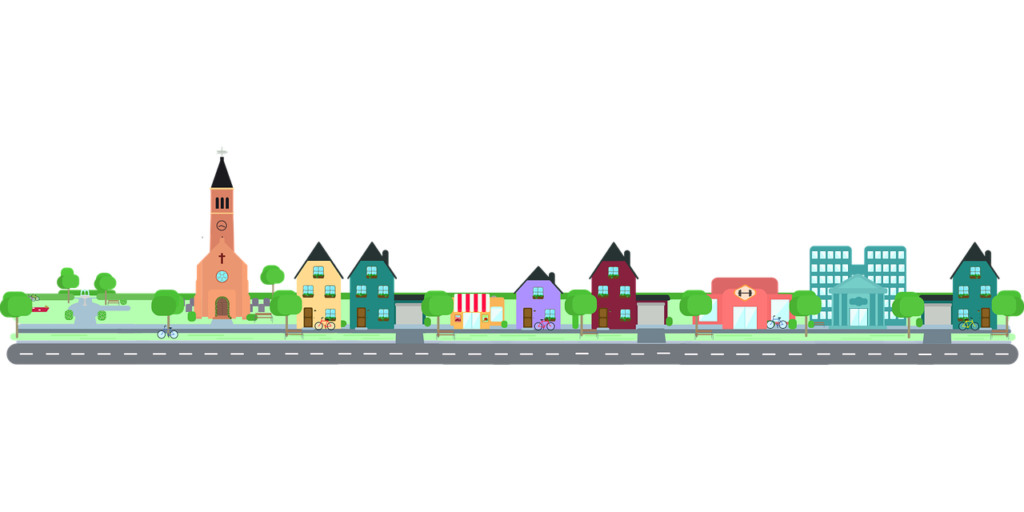London House Prices Fall More than the UK Average

UK property prices fell by 1.2% in September but the average numbers are regional more than national. The southern markets have seen the biggest fall in prices and the most surprising might be that London alone fell by 2.9%, or in other numbers, decreased by £18,000 in one month. In February of 2016, London and the South East markets boosted the national average with an annual increase of more than 9% but within 12 months, property averages were stronger if you did include the two regions.
The national rate has fallen by 3.2% annually, the steepest decline this decade, but if you removed the London market, the drop would only be 0.5%. The price falls are seen in the more expensive areas with 5 out of the 6 wealthiest boroughs experiencing declining prices in September. Chelsea and Kensington fell by 3.4% and Westminster fell by 6.8%.
However, the cheaper London markets including Croydon and Lewisham are up by more than 5% and are experiencing near peak averages. With cheaper markets rising and London now having the lowest house price increases of any region in the UK, we might be seeing buyers compromising on location for affordability.
Closing the Price Gap between Regions
As buyers widen their search areas for affordable properties, unexpected demand has resulted in a higher return on investment for sellers in the North East markets with an average yield of 3.2%. North East property prices have risen by an average 1.1% in the last month making the average property price 10,000 more than this time last year. Prices in areas such as Peterlee, Gateshead and South Shields have performed the strongest this year with prices up by more than 5.5%.
The East of England’s property prices peaked this month with an average 325,616, closing the gap with the South East of England from a 54,786 difference to 43,479. This slowdown in the capital and seemingly more balanced market in the regions demonstrates a need for first-time buyers to be flexible if they want to purchase.
The gap isn’t just closing between the regions either. Annual wage growth is up by 2.1% for the second quarter but property prices are growing around 1%, the lowest increase since February 2007.
The Right Time and Price
As the Autumn rolls in, the property market generally prepares for a pick-up in sales and subsequently, asking prices. This year is showing a different approach to the Autumn sales. Estate agents are suggesting that the sellers lower their prices to match the stretched financial situations of the majority of potential buyers. This compromise is ideally generating buyer interest and a quick seller reward.
The declining London market prices are unexpected but perhaps necessary. The consistently rising prices have added an unattainable inflation to the property market and this cooling might be necessary to avoid the bubble encasing the housing market. Prices could not rise every year – there has to be a limit. With property prices slowing, interest rates as low as it gets and wages increasing at double the property prices increase, there is a greater sense of buyer affordability.